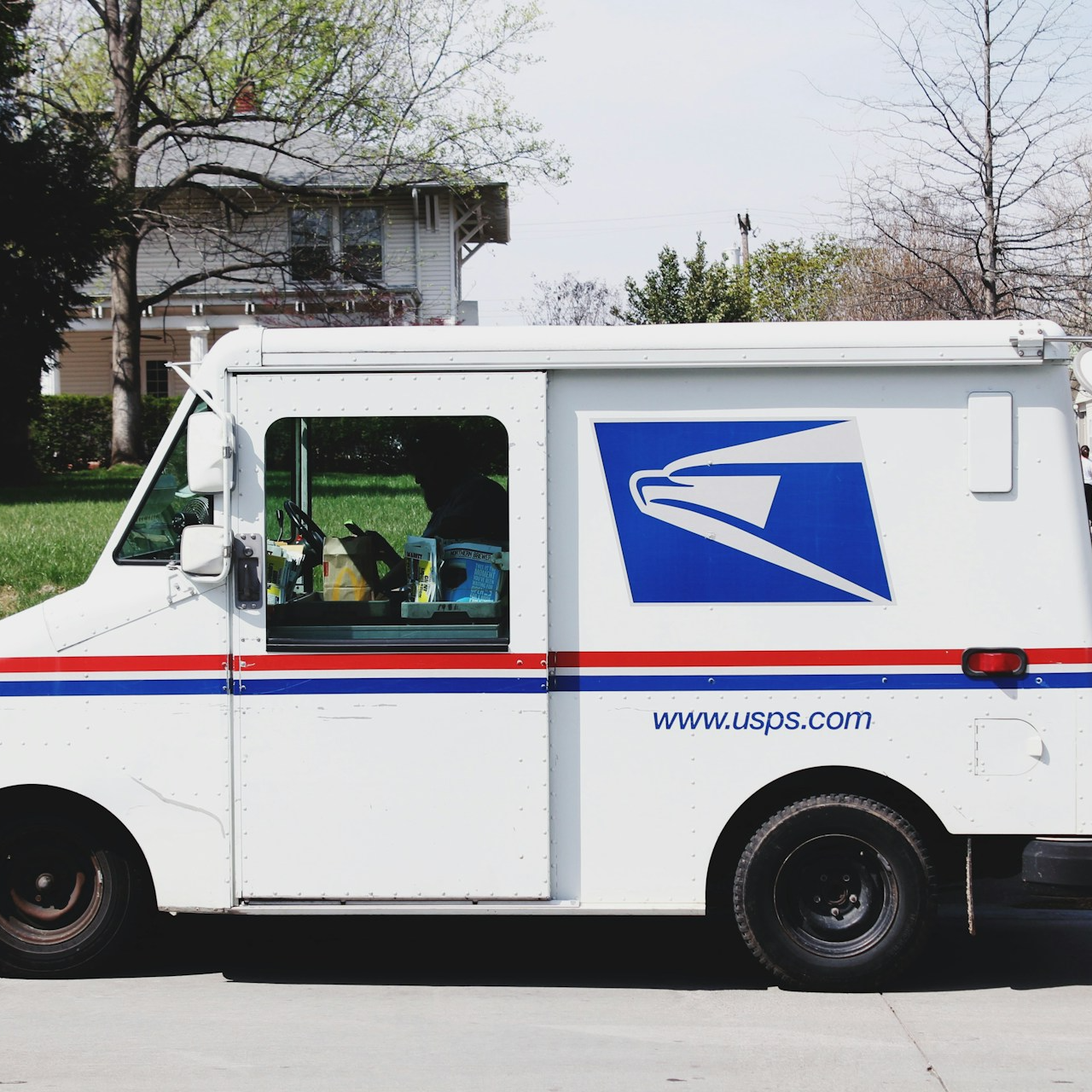Key Takeaways
-
Medicare Supplement (Medigap) plans may duplicate or conflict with coverage you already have under the Postal Service Health Benefits (PSHB) program.
-
Many PSHB enrollees can avoid unnecessary costs and coverage overlaps by coordinating benefits through Medicare Part B and integrated PSHB plan features instead of purchasing a Medigap plan.
Understanding the Purpose of Medicare Supplement Plans
Medicare Supplement plans, also called Medigap, are designed to help cover some of the out-of-pocket costs left over after Medicare pays its share. These include expenses like deductibles, copayments, and coinsurance under Original Medicare (Parts A and B). Medigap plans are sold by private companies and are standardized by federal law, meaning the benefits of each plan type (Plan G, Plan N, etc.) are consistent regardless of the insurer.
The goal of these plans is to make medical costs more predictable for those enrolled in Original Medicare only. But if you’re already covered by a Postal Service Health Benefits (PSHB) plan, the story is quite different.
Why Medigap Plans Aren’t Always a Good Fit for PSHB Enrollees
If you’re a Postal Service retiree or eligible annuitant, you already have robust health coverage through the PSHB program. Most PSHB plans offer:
-
Prescription drug coverage
-
Catastrophic protection through out-of-pocket maximums
-
Coordination of benefits with Medicare Part B
Once you become Medicare-eligible, most PSHB plans coordinate directly with Medicare. Medicare typically pays first, and your PSHB plan pays secondary. When coordinated properly, this combination already takes care of most of the gaps that a Medigap policy would.
That means paying for a Medicare Supplement plan might not provide any added value. Worse, it could cause unnecessary duplication of coverage, increased monthly expenses, or even claims conflicts.
What Happens When You Enroll in Both PSHB and Medigap
If you enroll in both a PSHB plan and a Medigap plan, here’s what you need to know:
-
Medigap policies are not designed to work alongside other group coverage like PSHB.
-
Your PSHB plan may deny secondary claims if a Medigap policy is listed as your supplemental coverage.
-
Medigap plans don’t include prescription drug coverage, while your PSHB plan likely does.
-
You’ll be paying two premiums for coverage that may serve the same purpose.
This overlapping can create inefficiencies in how claims are processed and may even require extra effort on your part to resolve reimbursement issues.
PSHB Plans and Medicare Part B: A Smarter Pairing
Instead of adding a Medigap plan, many PSHB enrollees can optimize their coverage by enrolling in Medicare Part B and allowing their PSHB plan to act as the secondary payer. In this arrangement:
-
Medicare Part B pays first for outpatient care and doctor visits.
-
Your PSHB plan covers most of the remaining balance, often reducing your out-of-pocket expenses significantly.
-
Many PSHB plans offer incentives for enrollees with Medicare, such as reduced copayments or waived deductibles.
This setup ensures comprehensive protection without the need for a separate Medigap policy.
Prescription Drug Coverage: Another Reason Medigap Falls Short
Medigap plans do not include coverage for prescription medications. You would need to purchase a standalone Medicare Part D plan if you rely solely on Medigap.
But if you’re enrolled in a PSHB plan, prescription drug coverage is usually already included. For Medicare-eligible annuitants, this benefit is often integrated through a Medicare Part D Employer Group Waiver Plan (EGWP), which:
-
Covers the same medications your PSHB plan provides pre-Medicare
-
Caps annual out-of-pocket drug costs at $2,000 in 2025
-
Covers insulin at a flat rate of $35 per month or less
Using this integrated model eliminates the need to shop for a standalone drug plan or add one to a Medigap policy.
Financial Implications in 2025
The average cost of a Medicare Supplement policy varies by age, location, and plan type, but it often represents a significant monthly expense. This is in addition to:
-
The standard Medicare Part B premium of $185 per month in 2025
-
PSHB monthly premiums, which also apply post-retirement
Combining all three—Medicare Part B, PSHB, and Medigap—can strain your retirement budget without delivering meaningful additional benefits.
Moreover, if you already receive reduced cost-sharing or reimbursement for Medicare Part B premiums through your PSHB plan, paying for a Medigap policy can be an unnecessary financial burden.
Eligibility and Enrollment Timing
Medigap enrollment windows are strict. Your Medigap Open Enrollment Period begins when you are both 65 or older and enrolled in Medicare Part B. It lasts for six months. During this time, insurers cannot deny you coverage or charge more due to health conditions.
However, if you delay enrollment and decide to add Medigap later, you may:
-
Be subject to medical underwriting
-
Face higher premiums
-
Be denied coverage entirely in some cases
This reinforces the need to make an informed decision early. For PSHB enrollees, it’s often better to skip Medigap entirely and focus on maximizing the value of your PSHB and Medicare coverage.
What to Do Before Making a Decision
Before deciding to purchase a Medicare Supplement plan, you should:
-
Review your PSHB plan’s benefits for Medicare enrollees
-
Check how your plan coordinates with Medicare Part B
-
Evaluate whether your current PSHB plan includes EGWP drug coverage
-
Estimate your total monthly healthcare costs with and without Medigap
-
Determine if your PSHB plan provides a Part B premium rebate or cost-sharing reductions
This evaluation will help clarify whether Medigap is truly necessary—or just an extra cost.
When a Medigap Plan Might Still Make Sense
While not typical for PSHB members, there are rare instances where a Medigap plan could be considered, such as:
-
You’ve dropped your PSHB coverage and rely solely on Original Medicare
-
You are living in an area where your PSHB plan has limited provider access
-
You travel frequently out of the country and want Medigap coverage for emergency care abroad (some Medigap plans cover this)
Still, most annuitants are better off keeping their PSHB coverage and coordinating with Medicare rather than switching to Original Medicare and Medigap.
Annual Enrollment and Plan Reviews
Each year from November to December, PSHB participants can make changes to their health coverage during the Open Season. This is the ideal time to:
-
Evaluate any updates to your PSHB plan for the coming year
-
Review the Annual Notice of Change from Medicare
-
Assess whether Medicare Part B enrollment still meets your needs
-
Reconfirm that you do not need Medigap
Avoid making changes based on assumptions. Schedule time during this period to revisit your choices, especially if your health needs or financial situation have changed.
Think Coordination, Not Duplication
The PSHB program was designed to work with Medicare—not compete with it. Medicare provides primary coverage, and your PSHB plan steps in as a powerful supplement, often covering what Medicare does not.
Adding a third layer with Medigap often muddies the waters. It creates overlapping responsibilities, adds confusion to billing, and increases your monthly expenses with little to no extra protection.
Making the Right Call for Your Retirement Health
In 2025, retirees are facing more complex health choices than ever. But complexity does not mean duplication is the answer. As a PSHB enrollee, your best path forward may already be built into the plan you chose. By coordinating Medicare Part B with your PSHB plan, you can often eliminate the need for a Medigap plan entirely.
If you’re unsure whether your current setup is working for you, or you’re considering a shift away from PSHB to Medigap or another Medicare path, it’s time to get clarity. A licensed agent listed on this website can help you review your coverage and make the right decision based on your needs.










